Margaret Armstrong
Categories:
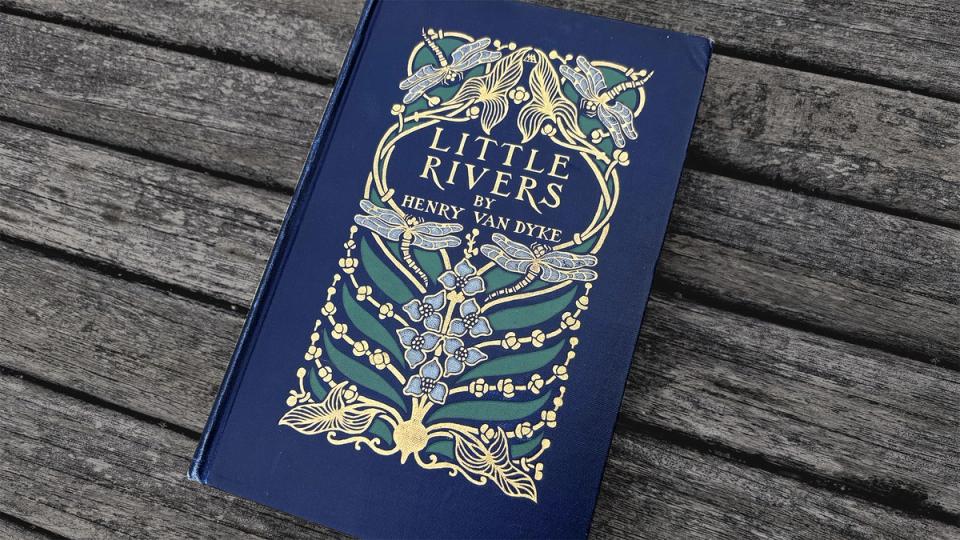

Pioneering the art of the book cover
Margaret Armstrong (1867–1944) was a book cover designer whose intricate Art Nouveau-style bindings are the pinnacle of early 20th-century publishing. She designed over 270 covers, blending flowing botanical motifs with her own understated lettering.
She was part of the first generation of designers to treat the book cover as an art form in its own right. Her work, often gilded and richly coloured, defined the visual identity of authors like Henry Van Dyke.
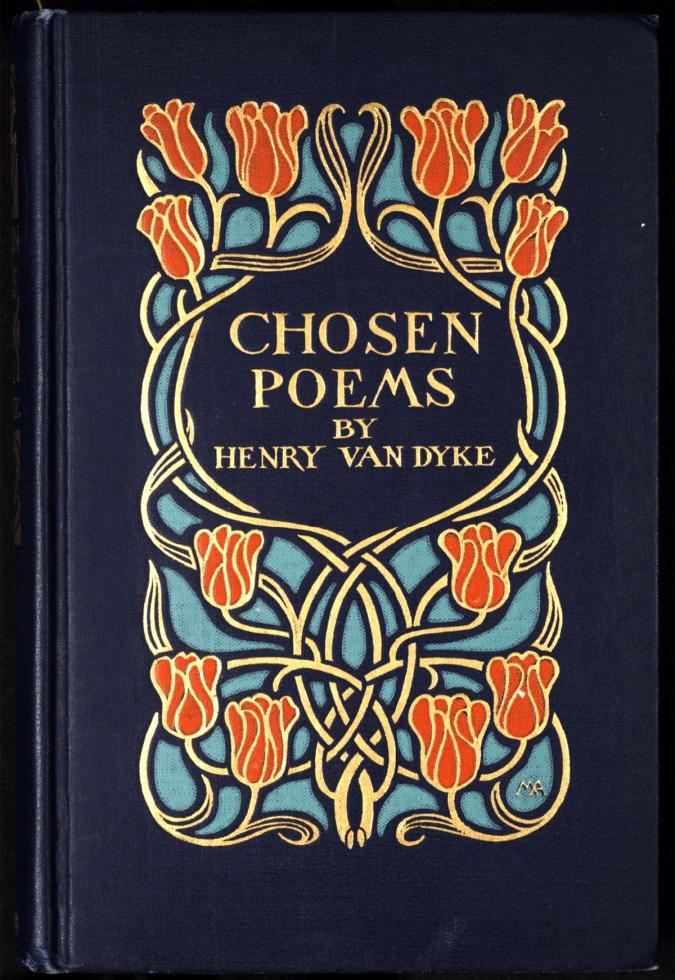
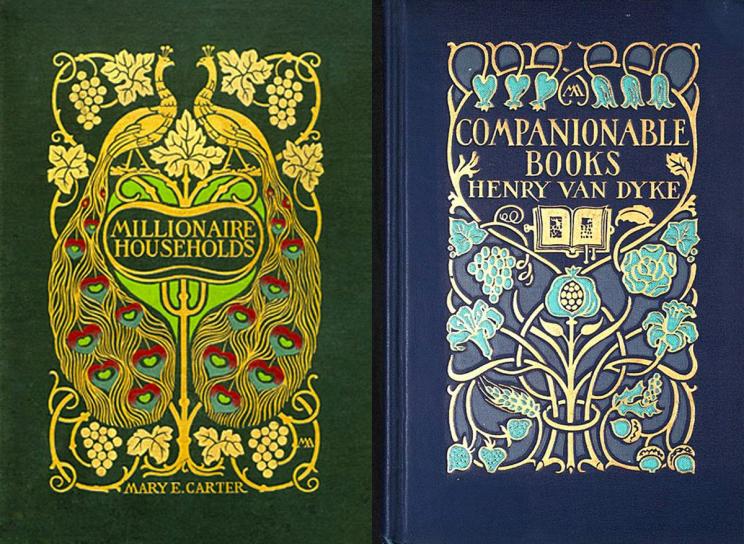
Signature style & notable works
Armstrong’s covers are known for their elegant, often symmetrical plant-inspired compositions, limited colour palettes, and gold-stamped details. She seamlessly integrated illustration and typography, making her books instantly recognisable. Notable works include:
- The Blue Flower (1902) by Henry Van Dyke – A striking example of her organic designs.
- How to Know the Wildflowers (1895) by Mrs William Starr Dana – A collaboration that showcases Armstrong’s botanical interests and design prowess.
- Field Book of Western Wild Flowers (1915) by Armstrong herself – Featuring 500 black-and-white and 48 colour illustrations, all drawn by Armstrong.
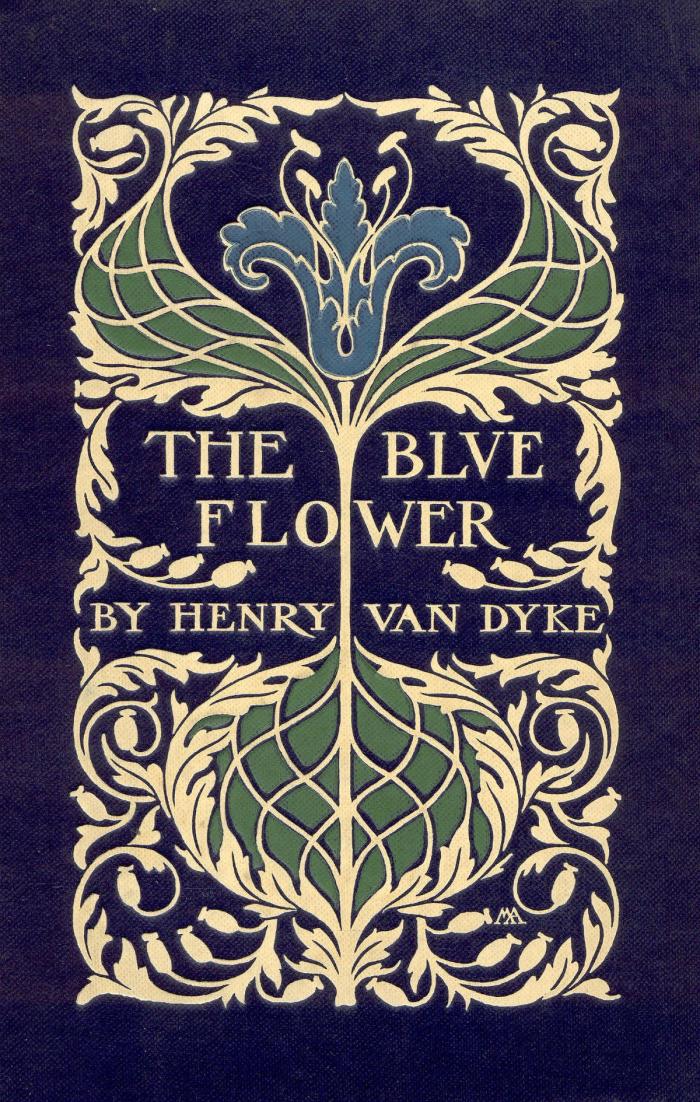
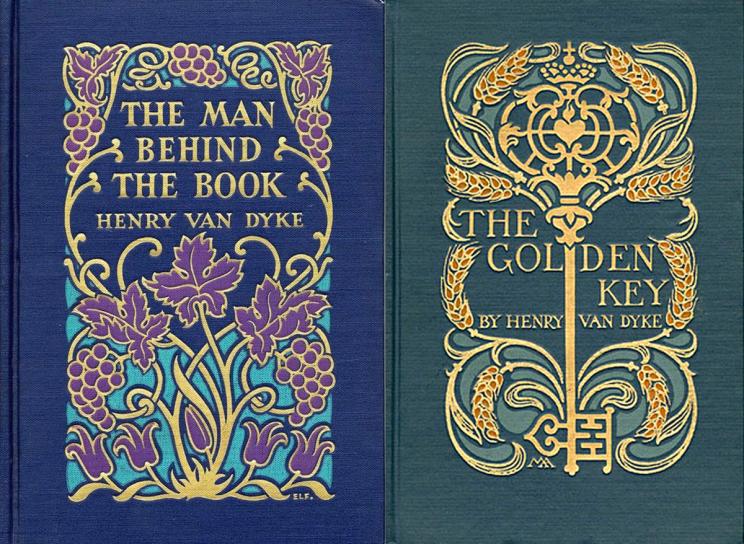
Armstrong’s influence on my work
Armstrong’s ability to simplify complex organic forms into cohesive, beautifully balanced compositions is something I’ve studied closely. Her work guides the eye through flowing shapes and subtle details, all while maintaining clarity in print. I'm fortunate to own a copy of Little Rivers (1904), which continues to inspire my approach to composition and decorative design.
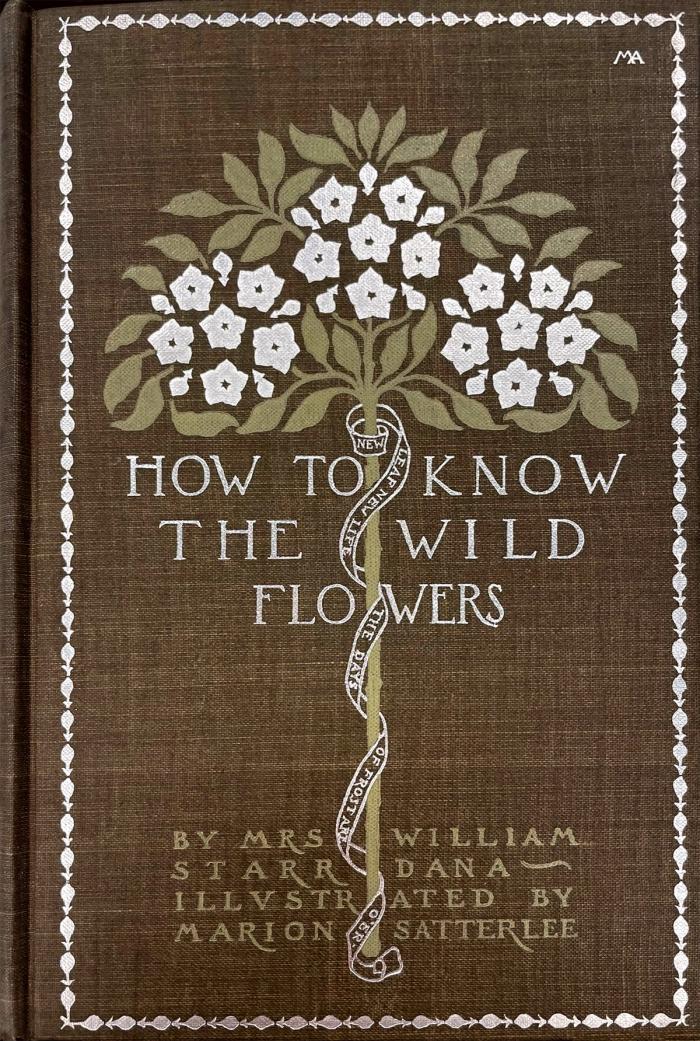
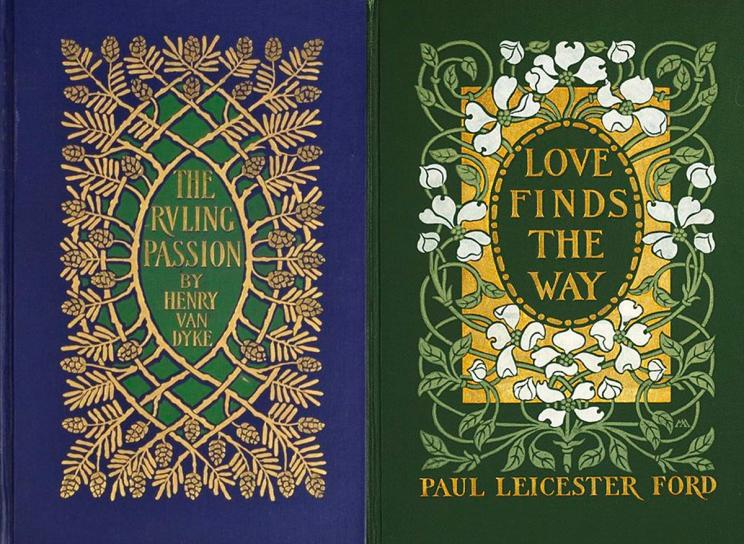
Next Post

Newsletter
Join my newsletter to get the latest on new fonts, updates and behind-the-scenes insights.